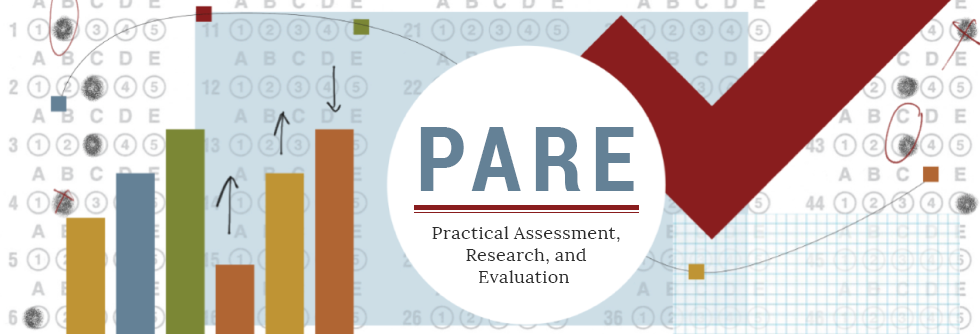Impact of Violation of the Missing-at-Random Assumption on Full-Information Maximum Likelihood Method in Multidimensional Adaptive Testing
DOI
https://doi.org/10.7275/p7x7-jb36
Abstract
The full-information maximum likelihood (FIML) method makes it possible to estimate and analyze structural equation models (SEM) even when data are partially missing, enabling incomplete data to contribute to model estimation. The cornerstone of FIML is the missing-at-random (MAR) assumption. In (unidimensional) computerized adaptive testing (CAT), unselected items (i.e., responses that are not observed) remain at random even though selected items (i.e., responses that are observed) have been associated with a test taker’s latent trait that is being measured. In multidimensional adaptive testing (MAT), however, the missingness in the response data partially depends on the unobserved data because items are selected based on various types of information including the covariance among latent traits. This eventually may lead to violations of MAR. This study aimed to evaluate the potential impact such a violation of MAR in MAT could have on FIML estimation performance. The results showed an increase in estimation errors in item parameter estimation when the MAT response data were used, and differences in the level of the impact depending on how items loaded on multiple latent traits. Accessed 4,728 times on https://pareonline.net from May 19, 2014 to December 31, 2019. For downloads from January 1, 2020 forward, please click on the PlumX Metrics link to the right.
Creative Commons License

This work is licensed under a Creative Commons Attribution-NonCommercial-No Derivative Works 4.0 International License.
Recommended Citation
Han, Kyung T. and Guo, Fanmin
(2019)
"Impact of Violation of the Missing-at-Random Assumption on Full-Information Maximum Likelihood Method in Multidimensional Adaptive Testing,"
Practical Assessment, Research, and Evaluation: Vol. 19, Article 2.
DOI: https://doi.org/10.7275/p7x7-jb36
Available at:
https://scholarworks.umass.edu/pare/vol19/iss1/2
